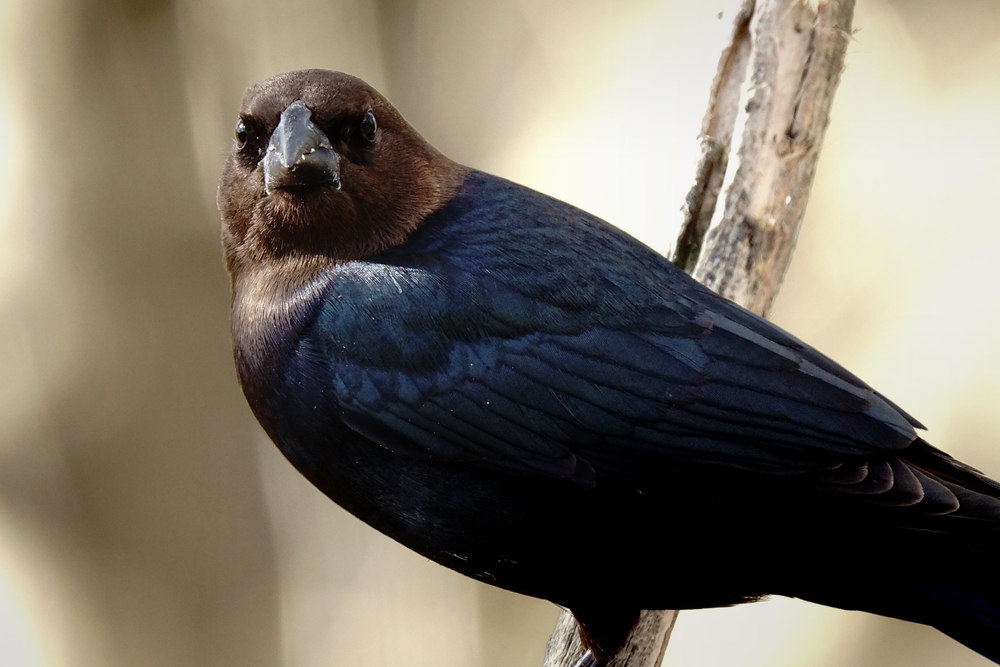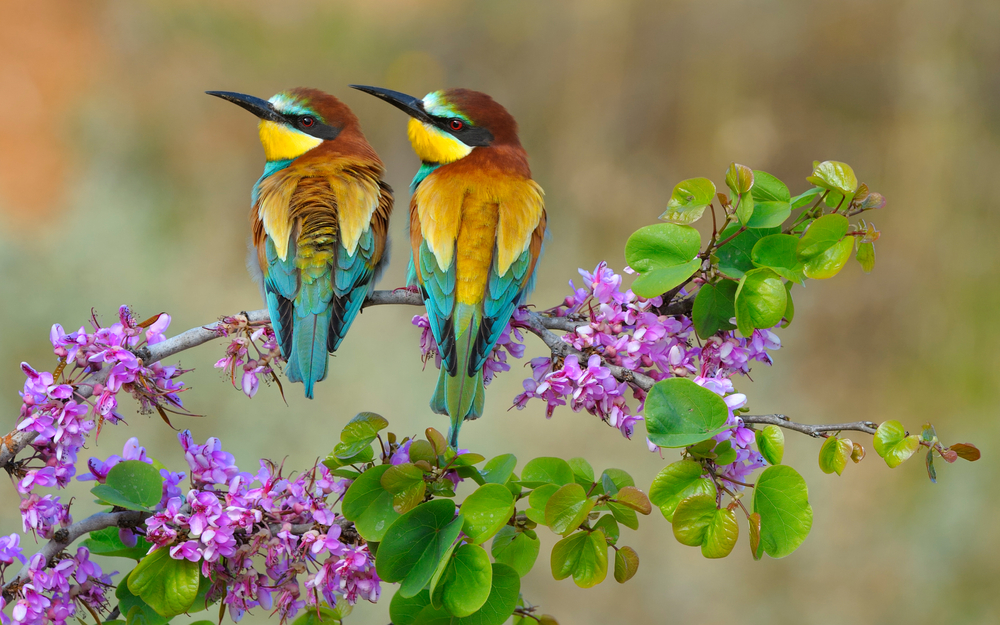
Are led lights bad for birds
As a bird lover, I have always wondered how artificial light impacts our avian friends and if it does- what that implication might be. The rise of artificial light, mainly LED lights raises potential concerns about birds’ behavior and health.
It is, however, important to mention LED lights have several advantages. To create a sustainable environment, it is important to study the potential negative impact and how it can be mitigated.
Also, the impact of artificial light sources depends from species to species. Some birds are simply attracted to it, whereas on nocturnal birds there can be some effect.
Are Birds Attracted to LED Lights?

LED lights have become increasingly popular over the years. LED lights are efficient in their energy usage and are durable. This popularity, even though it makes market sense to most cities and individuals, has an impact on our avian buddies, especially on migrating birds.
Are Budgies Sensitive to LED Light?
Parakeets have been know to be sensitive to light. They possess specialized photoreceptor cells that perceive and respond to different wavelengths of light, i.e., blue light. Led lights are known to emit a higher amount of blue light than their traditional counterparts, affecting birds’ sleep patterns. If you have pet budgies, you need to consider their lighting environment. Do not expose them to prolonged periods of artificial light. Expose them to sunlight so you can help maintain their well-being.
Can You Put Lights in a Bird Cage?
It is possible to put lights in a birdcage. When putting lights, one must ensure; they don’t expose birds to too many bright lights since it can cause undue stress. Also, making sure we try as much as possible to mimic birds’ natural habitat which is extremely important. For example, birds like parrots and macaws who come from tropical environments prefer warmth, whereas canaries and finches who are more adept to colder environment do not need as much
Are LED strip lights bad for birds?
As long as it is used properly, led strip lights can be used. In my personal opinion, it is better than fluorescent light. Common sense dictates to make sure we use led lights that are bird safe – make sure to adjust the brightness level, ensure proper positioning, heat generation, and wire safety.
Bird Migration and Light Pollution

Effects on Bird Migration
Bird migration is a natural phenomenon that occurs where birds travel from one region to another. Increasing artificial lighting in urban areas is casuing issues to bird migration due to light pollution. Light pollution has an effect on birds circadian rhythms and interferes with birds navigation. This issue casues birds to get disoriented and collide by losing there direction.
Birds and Predators in Lit Environments

Artificial lighting impacts birds’ behavior, including their interactions with predators. The illumination attracts predators making it easier for them to get hunted and captured. This can be particularly problematic for passerines, who are more vulnerable to predation than other bird species.
It is also worth noting that artificial lighting affects some bird species more than others. Nocturnal birds, such as owls and nightjars, become vulnerable to predation in lit environments, as they rely on darkness to hunt and avoid predators. While LED lights may be less harmful to wildlife than other types of lighting, it is crucial to consider their potential impact on birds and other animals when designing and implementing lighting systems.
Install Shielded Lights
LED lighting presents an affordable and environmentally friendly option for outdoor illumination. Nonetheless. If not correctly installed. These lights can pose harm to our avian friends as they may become disoriented upon coming across them, resulting in deterred migratory paths. To mitigate these risks and curtail light pollution levels for the sake of avian species preservation efforts installing shielded lights is highly recommended. These specially designed luminaries are engineered with a primary focus on directing light downwards, effectively reducing any unwanted consequences from excessive brightening of surrounding areas while providing optimal visibility where needed, thus ensuring less impeded migratory patterns for birds.
Furthermore. A critical step that should be taken concurrently with shielded light installations is deactivating redundant lighting features during peak migratory seasons. Particularly at night. This proactive measure actively curbs the likelihood of damaging consequences from bird collisions with artificial lights.
Are Christmas lights bad for birds?
When used properly, Christmas lights are considered “OK” for birds. One of the main issues with Christmas lights is entanglement and birds get seriously injured if they get stuck.
To minimize those kinds of issues, we need to make sure safety procedures are in place like Using netting or other deterrents, Securing lights, opting for LED lights, Choosing bird-friendly decorations, and timing the lights.
Other Animals Attracted to LED Lights
LED lights may attract other animals besides birds. This may include insects such as moths and beetles. Bats and frogs can also be attracted to LED lights. Sparrows, on the other hand, may not be drawn to LED lights. While LED lights can attract some animals, the specific species and their attraction to the lights may vary. It is essential to consider the potential impact of LED lights on wildlife when designing lighting systems.
For More information on birds : https://www.audubon.org/